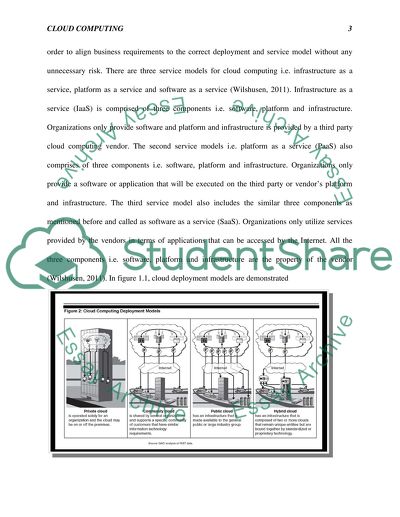Cite this document
(“Security Concerns in Cloud Computing Research Paper”, n.d.)
Security Concerns in Cloud Computing Research Paper. Retrieved from https://studentshare.org/information-technology/1440277-security-concerns-in-cloud-computing
Security Concerns in Cloud Computing Research Paper. Retrieved from https://studentshare.org/information-technology/1440277-security-concerns-in-cloud-computing
(Security Concerns in Cloud Computing Research Paper)
Security Concerns in Cloud Computing Research Paper. https://studentshare.org/information-technology/1440277-security-concerns-in-cloud-computing.
Security Concerns in Cloud Computing Research Paper. https://studentshare.org/information-technology/1440277-security-concerns-in-cloud-computing.
“Security Concerns in Cloud Computing Research Paper”, n.d. https://studentshare.org/information-technology/1440277-security-concerns-in-cloud-computing.


